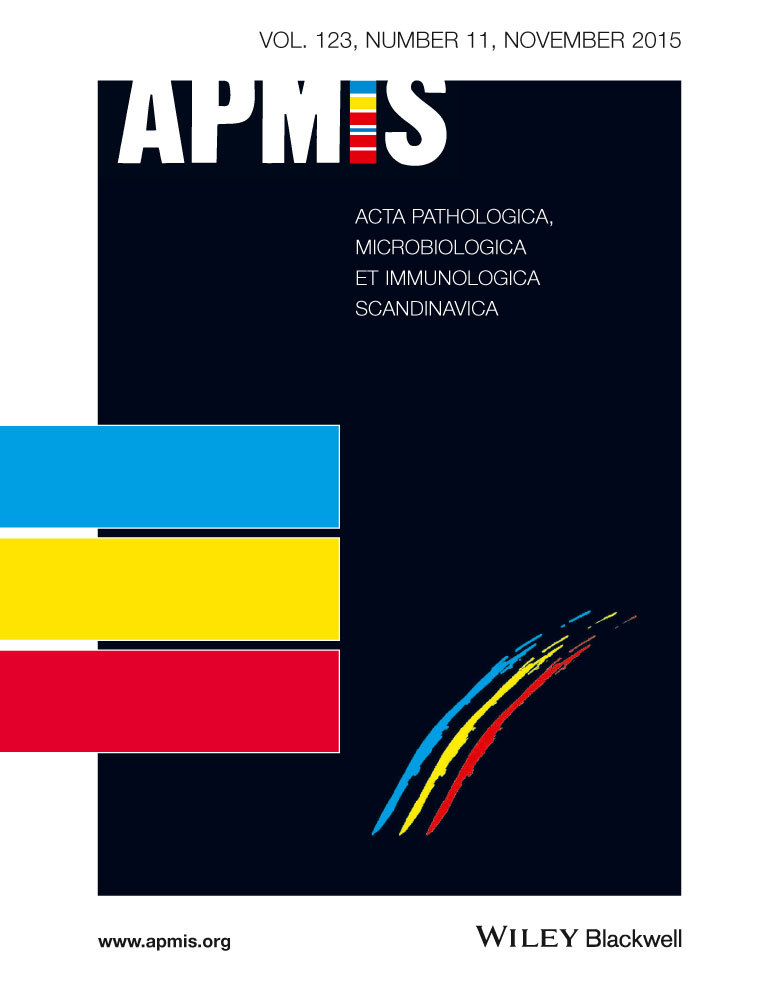Selective digestive decontamination and Enterococcus faecalis overgrowth and infection: a robust relation is yet unproven
Luciano Silvestri
Department of Anesthesia and Intensive Care, St. John Hospital, Gorizia, Italy
Search for more papers by this authorFrancesco Fontana
Department of Laboratory and Microbiology, St. Polo Hospital, Monfalcone, Italy
Search for more papers by this authorNia Taylor
Institute of Ageing and Chronic Diseases, University of Liverpool, Liverpool, UK
Search for more papers by this authorMorten Strinnholm
Department of Intensive Care and Anesthesiology, Kungälv Hospital, Kungälv, Sweden
Search for more papers by this authorVladimir Damjanovic
Institute of Ageing and Chronic Diseases, University of Liverpool, Liverpool, UK
Search for more papers by this authorDurk F. Zandstra
Emeritus Extraordinary Professor, University of Amsterdam, Amsterdam, The Netherlands
Search for more papers by this authorHendrick K. F. van Saene
Institute of Ageing and Chronic Diseases, University of Liverpool, Liverpool, UK
Search for more papers by this authorLuciano Silvestri
Department of Anesthesia and Intensive Care, St. John Hospital, Gorizia, Italy
Search for more papers by this authorFrancesco Fontana
Department of Laboratory and Microbiology, St. Polo Hospital, Monfalcone, Italy
Search for more papers by this authorNia Taylor
Institute of Ageing and Chronic Diseases, University of Liverpool, Liverpool, UK
Search for more papers by this authorMorten Strinnholm
Department of Intensive Care and Anesthesiology, Kungälv Hospital, Kungälv, Sweden
Search for more papers by this authorVladimir Damjanovic
Institute of Ageing and Chronic Diseases, University of Liverpool, Liverpool, UK
Search for more papers by this authorDurk F. Zandstra
Emeritus Extraordinary Professor, University of Amsterdam, Amsterdam, The Netherlands
Search for more papers by this authorHendrick K. F. van Saene
Institute of Ageing and Chronic Diseases, University of Liverpool, Liverpool, UK
Search for more papers by this author
References
- 1Muruzábal-Lecumberri I, Girbau C, Canut A, Alonso R, Fernández-Astorga A. Spread of an Enterococcus faecalis sequence type 6 (CC2) clone in patients undergoing selective decontamination of the digestive tract. APMIS 2015; 123: 245–51.
- 2Kuch A, Willems RJL, Werner G, Coque TM, Hammerum AM, Sundsfjord A, et al. Insight into antimicrobial susceptibility and population structure of contemporary human Enterococcus faecalis isolates from Europe. J Antimicrob Chemother 2012; 67: 551–8.
- 3Freitas AR, Novais C, Ruiz-Garbajosa P, Coque TM, Peixe L. Clonal expansion within clonal complex 2 and spread of vancomycin-resistant plasmids among different genetic lineages of Enterococcus faecalis from Portugal. J Antimicrob Chemother 2009; 63: 1104–11.
- 4van der Leur JJ, Thunnissen PL, Clasener HA, Muller NF, Dofferhoff AS. Effects of imipenem, cefotaxime and cotrimoxazole on aerobic microbial colonization of the digestive tract. Scand J Infect Dis 1993; 25: 473–8.
- 5Donskey CJ. The role of the intestinal tract as a reservoir and source for transmission of nosocomial pathogens. Clin Infect Dis 2004; 39: 219–26.
- 6Bhalla A, Pultz NJ, Ray AJ, Hoyen CK, Eckstein EC, Donskey CJ. Antianaerobic antibiotic therapy promotes overgrowth of antibiotic-resistant, gram-negative bacilli and vancomycin-resistant enterococci in the stool of colonized patients. Infect Control Hosp Epidemiol 2003; 24: 644–9.
- 7Daneman N, Fowler RA, Cuthbertson B. Effect of selective decontamination on antimicrobial resistance in intensive care units: a systematic review and meta-analysis. Lancet Infect Dis 2013; 13: 328–41.




